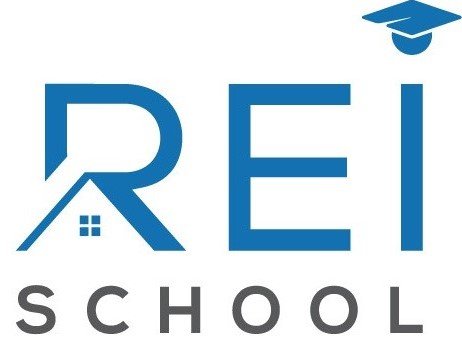May 5, 2025 | 2.5 Minute Read
There are many effective ways to find investment properties: driving for dollars, cold calling, texting, sending postcards, and door knocking are all great for locating off-market deals. But what about using the MLS (Multiple Listing Service)? Most investors dismiss it, saying there’s too much competition and the prices are too high for flips or rentals to cash flow.

That’s exactly what I like to hear—less competition for me.
In fact, I just got property under contract for $80,000. It was listed at $117,000 and is worth around $140,000. More on that deal in a moment.
Getting good deals off the MLS isn’t easy. Like other lead generation methods, it takes effort. Most investors avoid the MLS for one big reason: working with agents can be frustrating. Many don’t understand investors, especially experienced agents who rarely return calls or want nothing to do with low offers. Since commissions on low priced deals are small, agents often don’t see the value in working with investors.
So, how do I get deals off the MLS? Here’s how I do it:
-
I’m a licensed real estate broker, which gives me direct access to the MLS. I act as my own buyer’s agent, saving time and money.
-
Every week, I run searches, review price drop alerts, and analyze over 50 properties.
-
If a property meets my criteria, I schedule an in-person showing. I don’t submit blind offers—listing agents hate those.
-
I make offers on most properties I visit, regardless of how low they are. This does three things:
-
Shows the listing agent I’m a serious buyer.
-
Puts my offer in place as a potential backup.
-
Helps build relationships with agents who may send me pocket listings in the future.
-
-
I use the standard state realtor contract—familiar to all agents—and always request a 2.5% buyer’s agent commission. Almost every offer I submit includes this, and 99% of them accept. That extra 2.5% helps cover most of my closing costs, effectively lowering my cost basis.
-
My contract terms are very attractive, it includes a cash offer, not contingent on financing or appraisal, 5- day inspection to begin on day access is granted, earnest money deposited after inspection contingency is waived, no home warranty or termite/wood infestation reports, no septic inspection (if any), and close within 30 days.
-
I include a 5-day inspection period, during which my business partner (a licensed general contractor) visits the property to confirm renovation costs. If his estimate is lower than mine, great—that’s extra profit. If it’s higher, I revise the offer accordingly.
-
Once we waive the inspection contingency, we close escrow and simply wait for the closing date.
Once you have your systems and processes in place, it’ wash, rinse and repeat just like on an assembly line.
Now back to that $82,000 property. It was listed at $117,000 and, after my visit, I initially offered $95,000. My partner estimated $20,000 in renovation costs, while I projected $10,000 on my initial visit so I was way off because I did not account for the damaged rotted siding and HVAC replacement. The ARV (after-repair value) is $140,000. To stay within 75% of ARV minus renovations, the maximum I could offer was:
-
$140,000 × 0.75 = $105,000
-
$105,000 − $20,000 (renovations) = $85,000
I revised my offer to $80,000 during the inspection period. The seller countered at $85,000 but I held firm because I could tell from the tone of the listing agent’s emails that seller needed to sell and there were no other offers. A few days later they accepted $80,000.
What most don’t know is that we already have a buyer lined up—a turnkey rental investor who will pay $150,000 after we renovate and place a tenant with $1,500/month rent. If everything goes as planned, we’ll net at least $29,000. Selling to an owner-occupant as a retail flip could increase that profit to $31,000 but because the profit spread is so close to the turnkey profit, we would rather sell to a repeat cash buyer without any contingencies. But, if we decide to keep the property as a rental, it will cash flow $155 per month (a bit low but still cash flowing) and qualify for refinancing (BRRRR strategy). So you see, we have three solid potential exit strategies for this property.
My advice? If you’re not already working with an investor-friendly agent, consider getting your license and becoming your own buyer’s agent. That way, you can analyze deals firsthand, make as many offers as you want, build relationships with other agents, and keep more of the profits.
